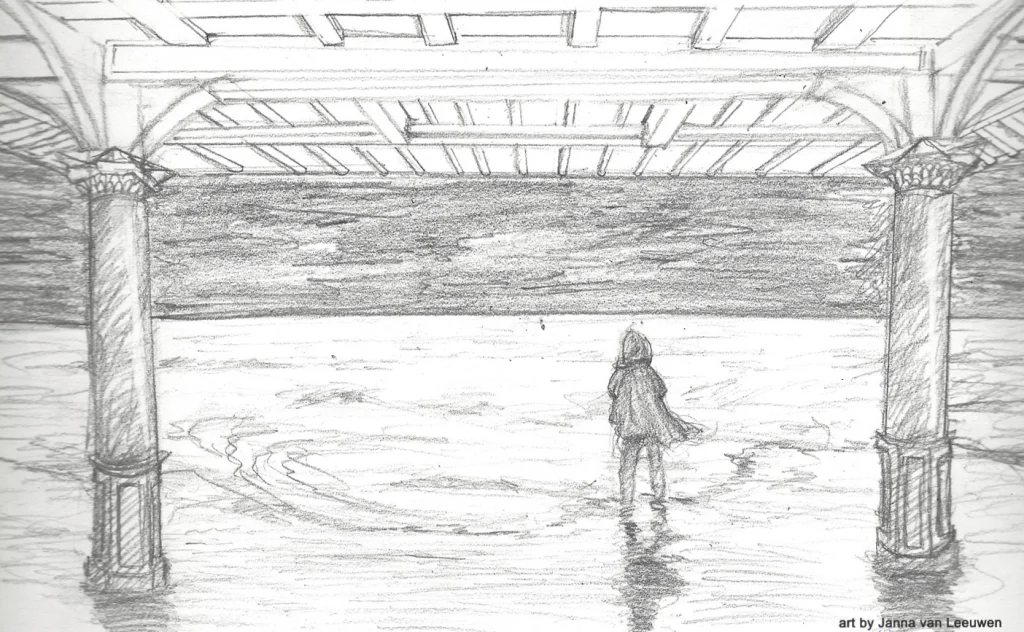Last time I talked about the iambic pentameter in its normal state: ten beats, five of which are stressed. But the bard has a habit of breaking this rule when it helps to tell the sotry. Today, I want to have a look at one of these rule breakers with Shakespeare’s most famous monologues of all: Hamlet’s To be or not to be (act 3, scene 1). Mind you, below you shall only find a portion and I highly recommend you look up the monologue in your beloved Complete Works of Shakespeare, or on the internet.
To be, or not to be, that is the question:
Whether ’tis nobler in the mind to suffer
The slings and arrows of outrageous fortune,
Or to take arms against a sea of troubles,
And by opposing end them? To die: to sleep;
No more; and by a sleep to say we end
The heart-ache and the thousand natural shocks
That flesh is heir to, ’tis a consummation
Devoutly to be wish’d. To die, to sleep;
To sleep: perchance to dream: ay, there’s the rub;
(Hamlet, Hamlet; 3.1.55-64)If you take a look at the monologue, something becomes clear: some of the lines do not completely fit in the verse. There is this weird last syllable that hangs at the end, purposefully put there by the author to tell us something about the state of mind of a character. This is what is called a female ending and it has absolutely nothing to do with gender whatsoever. Instead, it can give you something when you are interpreting the character.
Why would a character be going over his verse? In the case of Hamlet, it could be many things. He could be tired, slipping up. He could be on the edge, literally taking a step too far. He could be angry, losing control. He could even be excited by this new possibility that would give him control back of his life. The iambic pentameter is a heartbeat, and Hamlet’s heart is skipping beats. That is how Shakespeare tells us he is emotional.
And this is where you come in. Playing a character means interpreting, deciding on how and why. Even though the iambic pentameter feels like it’s taking away your freedom to act the lines the way you would prose, abiding by it can offer you so much more then when you read it as prose. It is because of that heartbeat, and trust me, the audience feels it too.
Have a look at this monologue, try again to lift different stressed words, and check when Hamlet stays in verse and when he uses a female ending. With the female endings it’s important that you don’t lift them higher than the fifth beat, but neither should they be dropped completely. Keep them at the same level of the fifth, maybe slightly below it. This is when we start dressing the character, giving them personality and reason.
Read all the gorgeous imagery in the speech. Picture it in front of you, what does a Sea of Troubles look like to you? How does it feel? They aren’t just words, allow yourself to paint it by picturing it yourself. And with that picture clear in your mind, say the verse line again…



